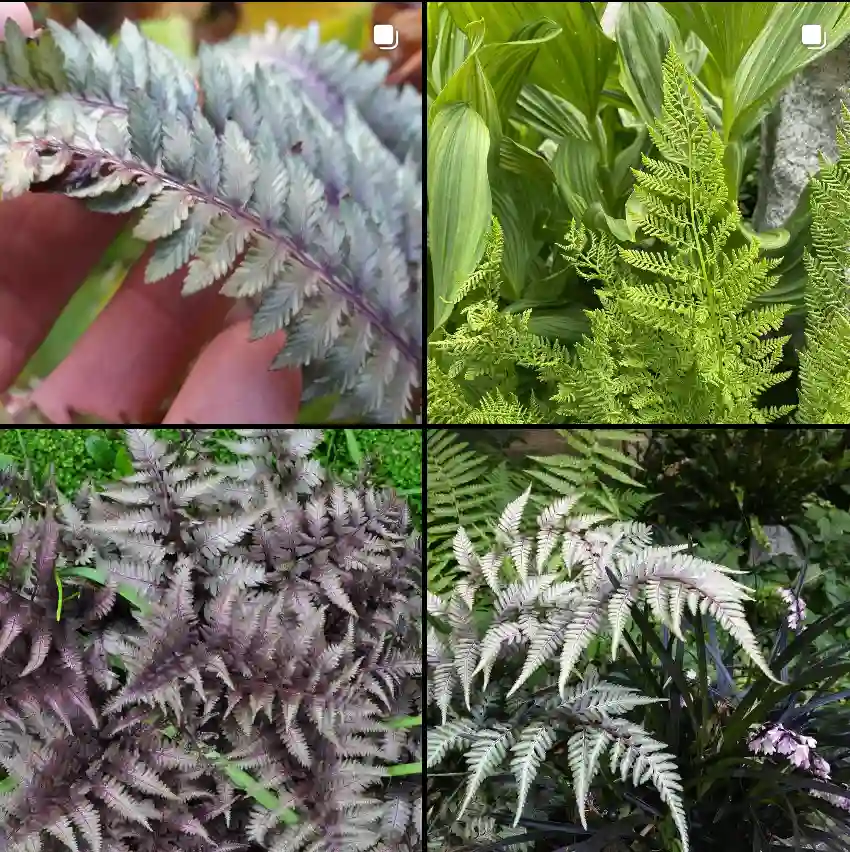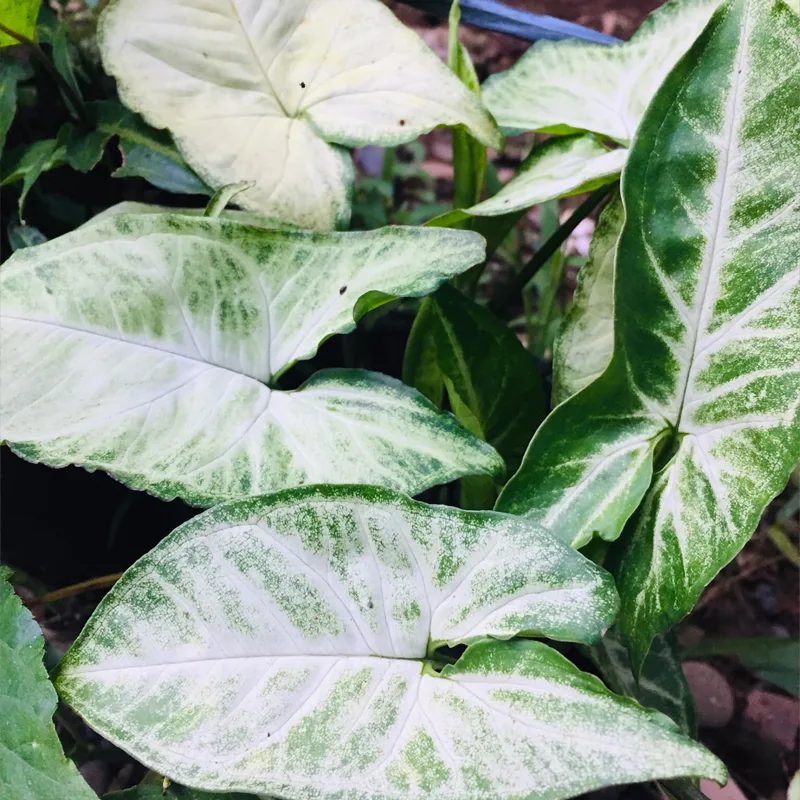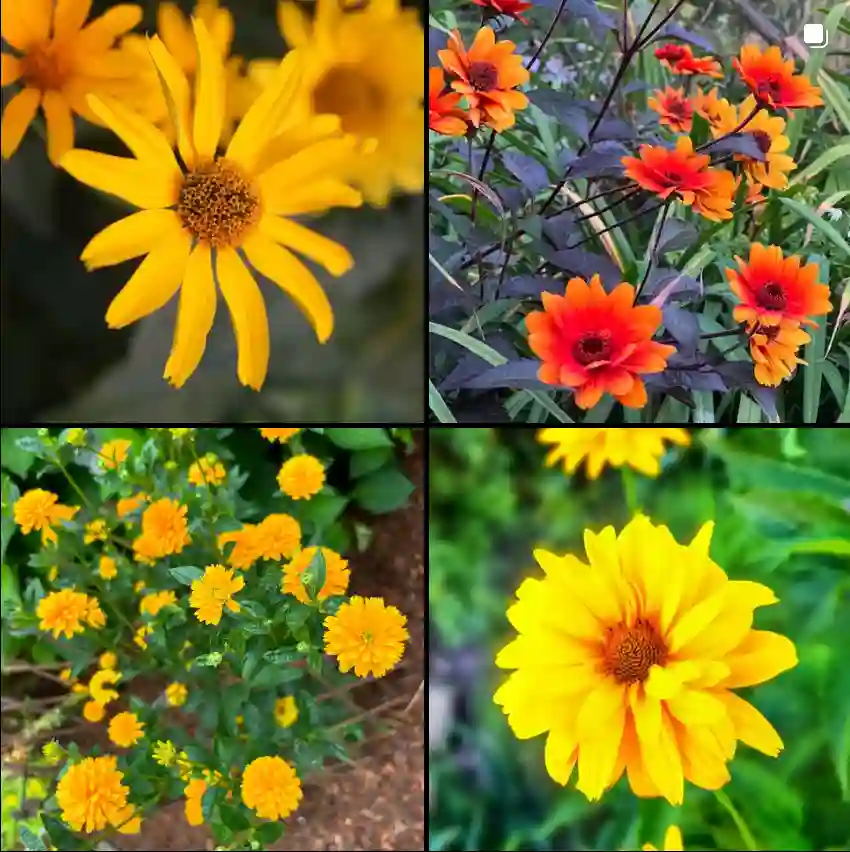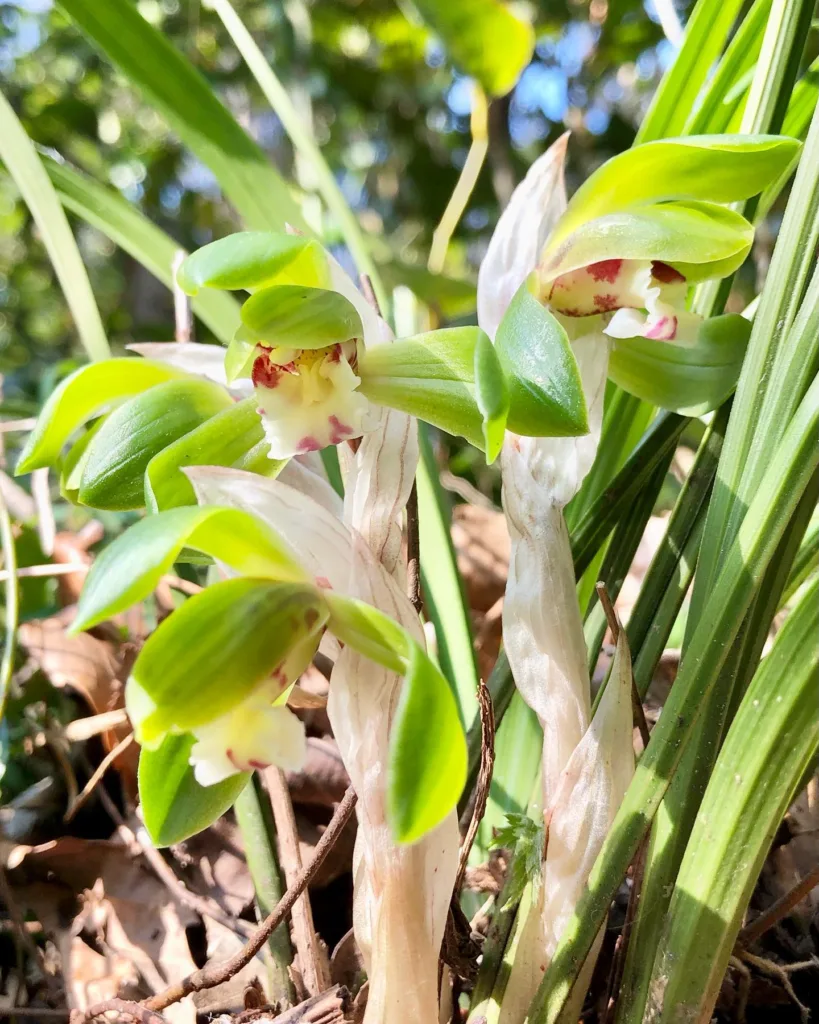FAQs About Castilleja Exserta
When I first stumbled upon Castilleja Exserta, also known as the Showy Indian Paintbrush, I was immediately captivated by its striking appearance and vibrant colors. As I’ve learned more about this unique plant, I’ve encountered many questions from fellow plant enthusiasts. Here’s a compilation of FAQs that should provide clarity and insights into this fascinating species.
218 Species in Genus Castilleja
What Is Castilleja Exserta?
Castilleja Exserta is a perennial herb native to North America, particularly found in dry, open habitats like prairies and grasslands. Its bright red to orange bracts make it stand out, resembling a paintbrush dipped in vibrant colors. These bracts, not to be confused with the actual flowers, surround the true flowers, which are typically small and tubular.
How to Care for Castilleja Exserta?
Caring for Castilleja Exserta is relatively straightforward, but there are some key points to remember:
- Sunlight: This plant thrives in full sun. Aim for at least six hours of direct sunlight daily to encourage robust growth and vibrant blooms.
- Soil: Well-draining soil is essential. I’ve found that sandy or rocky soils work best, as they mimic the plant’s natural habitat. Avoid overly rich or heavy soils that retain moisture.
- Watering: While Castilleja Exserta is drought-tolerant, it still requires regular watering during its growing season. I water when the top inch of soil feels dry, but I avoid waterlogging.
- Fertilizing: Generally, this plant doesn’t need much fertilizer. However, a light application of a balanced, slow-release fertilizer in spring can give it a boost.
How to Propagate Castilleja Exserta?
Propagating Castilleja Exserta can be done through seeds or division:
- Seeds: I recommend sowing seeds in the spring or fall. Scatter them on the surface of well-draining soil, as they require light to germinate. Keep the soil moist but not soggy until germination occurs, which typically takes a few weeks.
- Division: If you have an established plant, you can divide it in early spring or fall. Carefully dig up the roots, ensuring that each division has sufficient root mass, and replant them in suitable locations.
What to Plant With Castilleja Exserta?
When considering companions for Castilleja Exserta, I’ve had great success pairing it with other drought-tolerant and native plants. Good options include:
- Echinacea (Coneflower): Its sturdy structure and similar growing conditions complement Castilleja Exserta beautifully.
- Agastache (Hyssop): The fragrant flowers attract pollinators, enhancing the garden’s biodiversity.
- Rudbeckia (Black-eyed Susan): Their cheerful yellow blooms provide a striking contrast against the vibrant reds and oranges of the Showy Indian Paintbrush.
Is Castilleja Exserta Toxic?
One of the concerns I often hear is whether Castilleja Exserta is toxic. Fortunately, it is not considered toxic to humans or pets. However, it’s essential to note that some species in the Castilleja genus can be mildly toxic. Always exercise caution and consult reliable sources if you have specific concerns.
Benefits of Castilleja Exserta
Growing Castilleja Exserta brings several benefits:
- Pollinator Attraction: The vibrant blooms draw in various pollinators, including bees and butterflies, which help support local ecosystems.
- Aesthetic Appeal: Its unique and striking appearance makes it an eye-catching addition to any garden or landscape.
- Erosion Control: In its native habitat, Castilleja Exserta plays a role in stabilizing soil, making it a beneficial plant for erosion control in certain environments.
Common Problems with Castilleja Exserta
While Castilleja Exserta is relatively low-maintenance, it can face some issues:
- Root Rot: Overwatering or poor drainage can lead to root rot. I always check the soil’s moisture level before watering to prevent this.
- Pest Issues: Occasionally, aphids or spider mites may invade. Regularly inspecting your plants and using insecticidal soap can help manage these pests.
Compare with Similar Species
Sometimes, Castilleja Exserta is confused with other species, such as Castilleja Miniata (the Indian Paintbrush) or other types of Castilleja. While they share similar habitats and care requirements, Castilleja Exserta tends to have brighter bracts and a more upright growth habit compared to its relatives.
In summary, my journey with Castilleja Exserta has been nothing short of rewarding. By understanding its care requirements, propagation methods, and benefits, I’ve been able to create a vibrant, thriving garden that showcases this stunning plant. Whether you’re a novice or an experienced gardener, I hope this FAQ guide helps you appreciate the beauty of Castilleja Exserta as much as I do!
If i die, water my plants!



